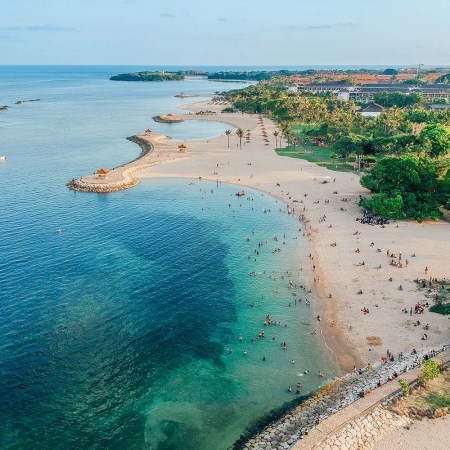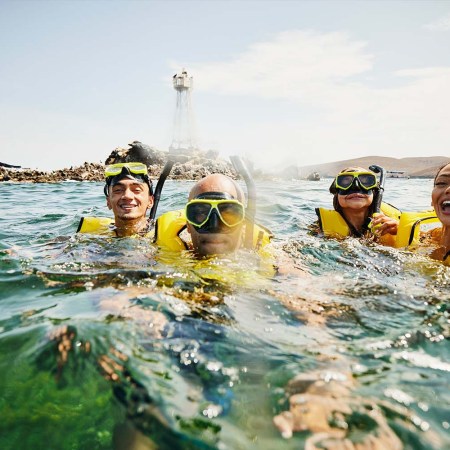According to Isavia, Iceland’s national airport provider, the country is expecting its visitors numbers this year to regress back to a shade over eight million, the lowest figure since 2017. That might not seem like a big deal at first glance — tourism is a fickle beast, after all — but that’s a drop-off of well over a million from 2018’s numbers, and it appears directly related to WOW Air’s collapse earlier this year.
WOW Air helped catalyze Iceland’s steady increase in tourism since its inception 2011 (when only 2.5 million tourists visited the country), by offering rock-bottom flights between Europe and the United States. The nation capably climbed out of its Recession-era collapse, and leaned in heavily to its newfound “It” status in the mid-2010s. (Remember when everyone you knew was showing you pictures of a waterfall they hiked in Iceland?) Today, 30,000 of Iceland’s 350,000 people are now employed in tourism-related jobs.
But when WOW Air went down, no longer able to stomach its own shaky margins, and not a single partner emerged to cover its losses, Iceland lost a gut-wrenching 1,100 employees in a single day. Couple that with a subpar fishing season, plus cuts in interest rates from the central bank, and Iceland is bracing for a legitimate recession.
The good news? The reason people started visiting Iceland in the first place hasn’t gone anywhere. Iceland’s otherworldly nature is worth the price of admission (which might be up a bit, until its airline industry stabilizes, or an American carrier swoops in), and the government is fully committed to protecting its glaciers, volcanoes, waterfalls and hot springs. We had the pleasure of going a few years ago, and were unsurprised to learn that Neil Armstrong, Buzz Aldrin and Co. literally trained for their moon landing on Icelandic terrain. Go for the hikes, stay for the fish and pints. We’re in your corner, Iceland. Skål.
For more travel news, tips and inspo, sign up for InsideHook's weekly travel newsletter, The Journey.


















